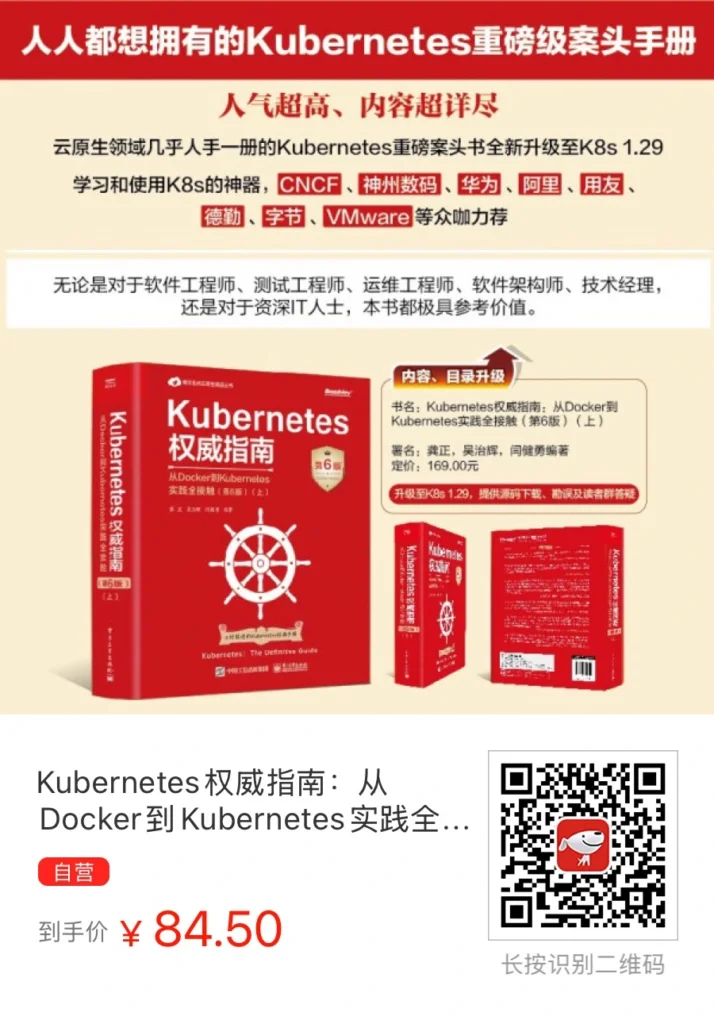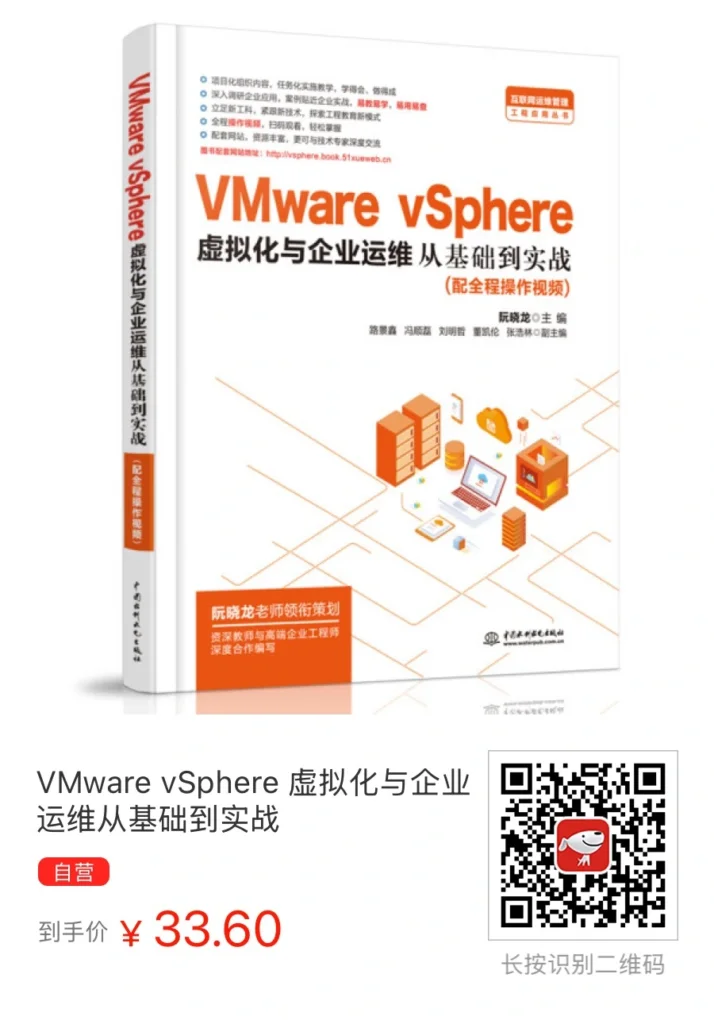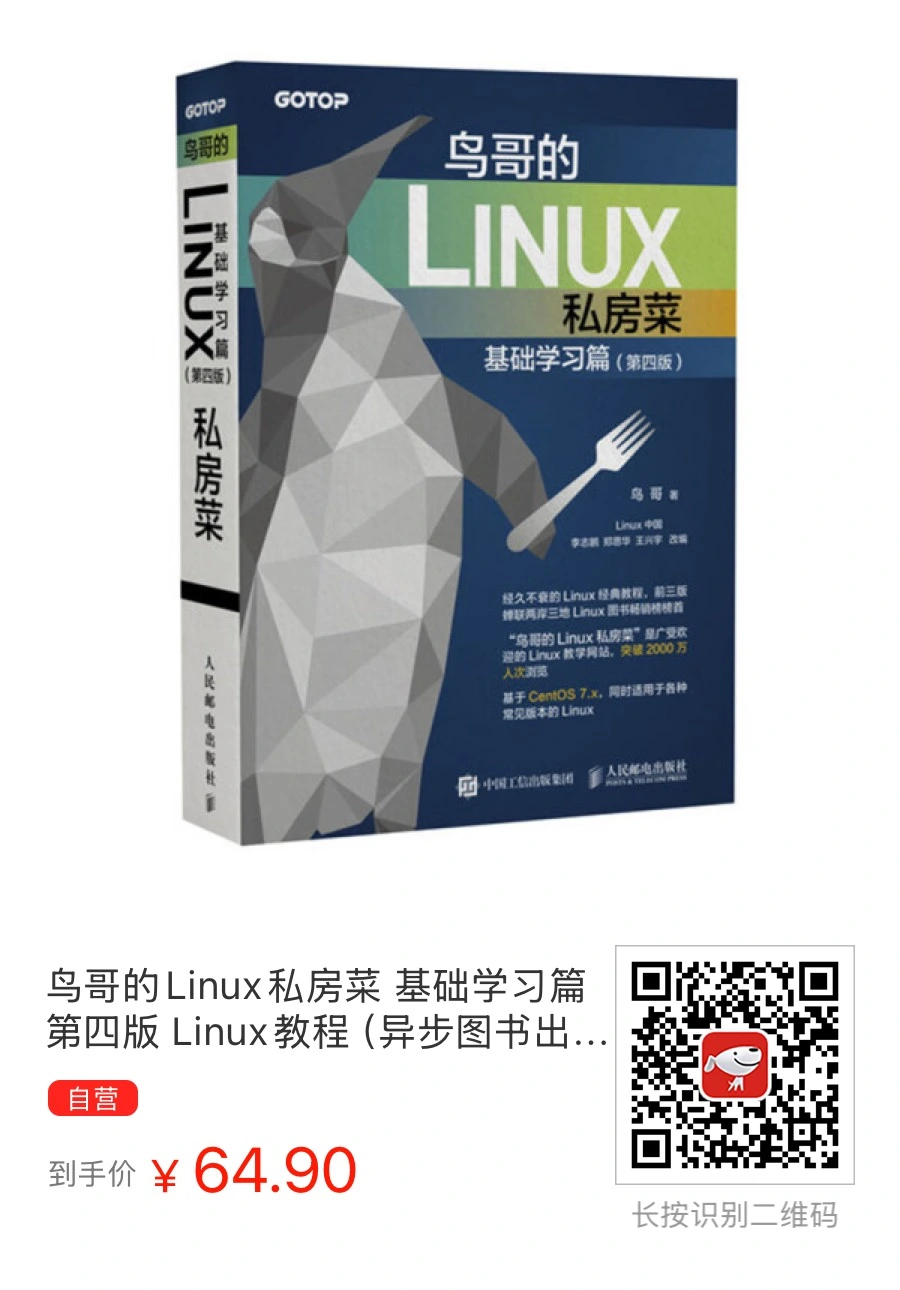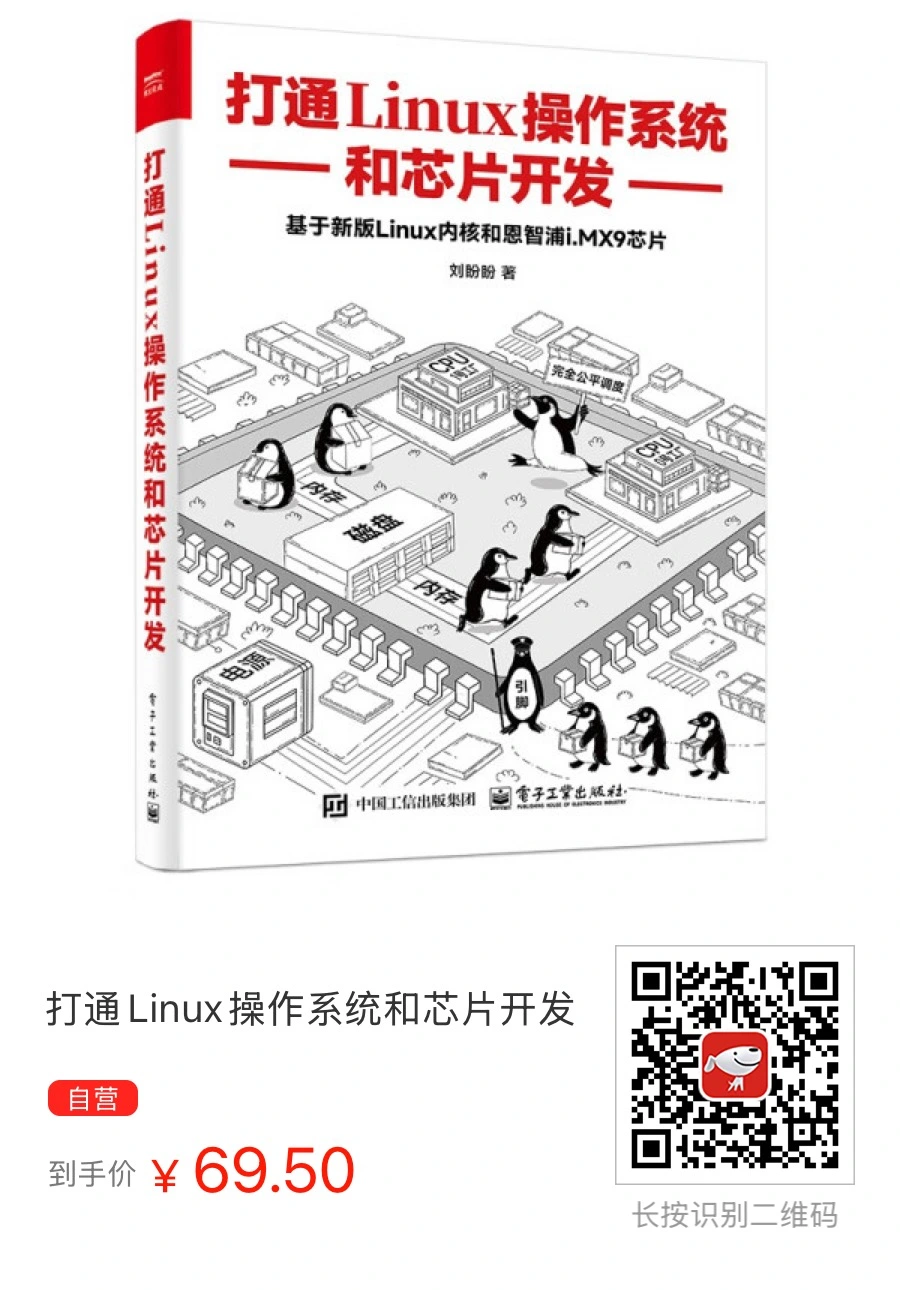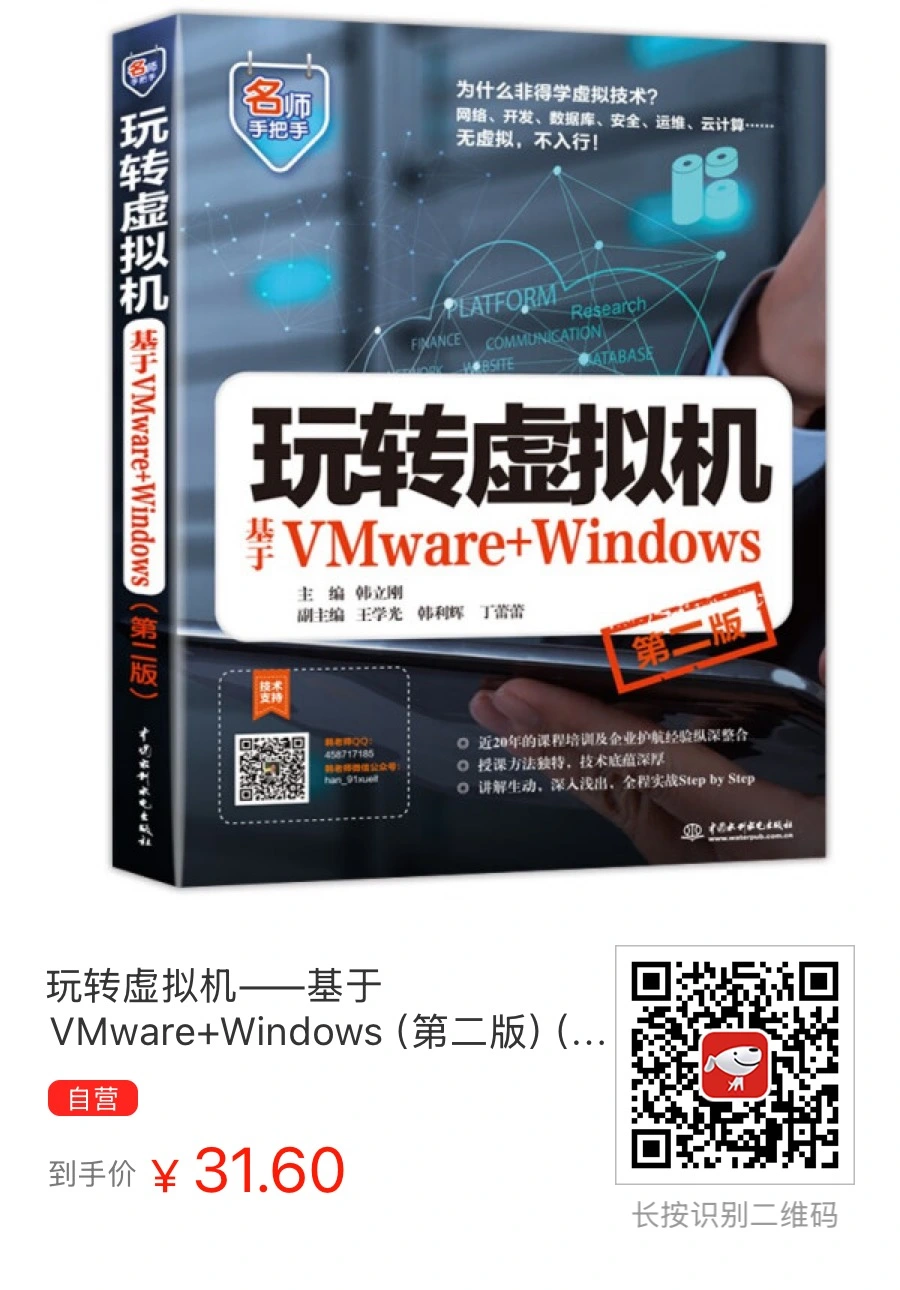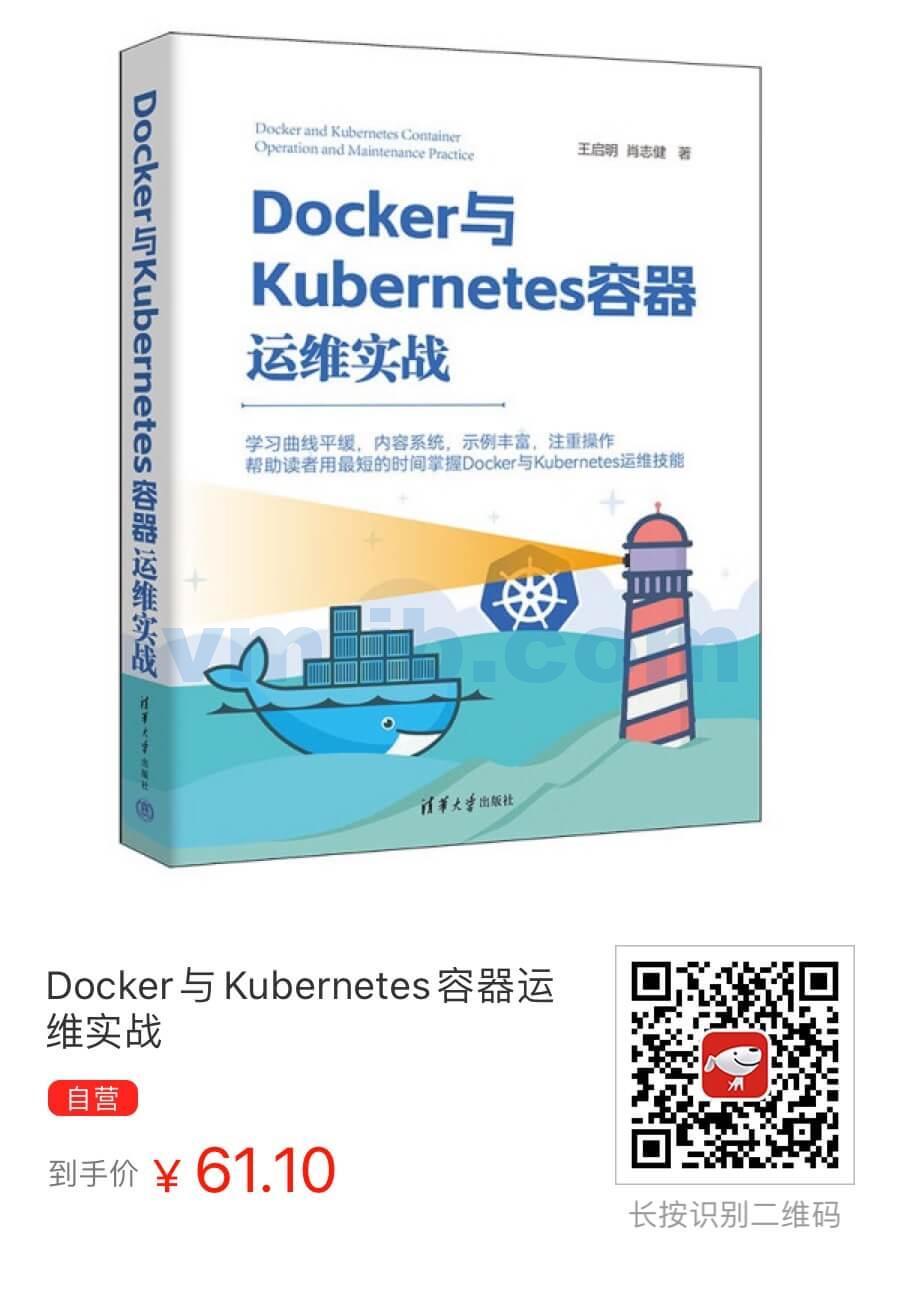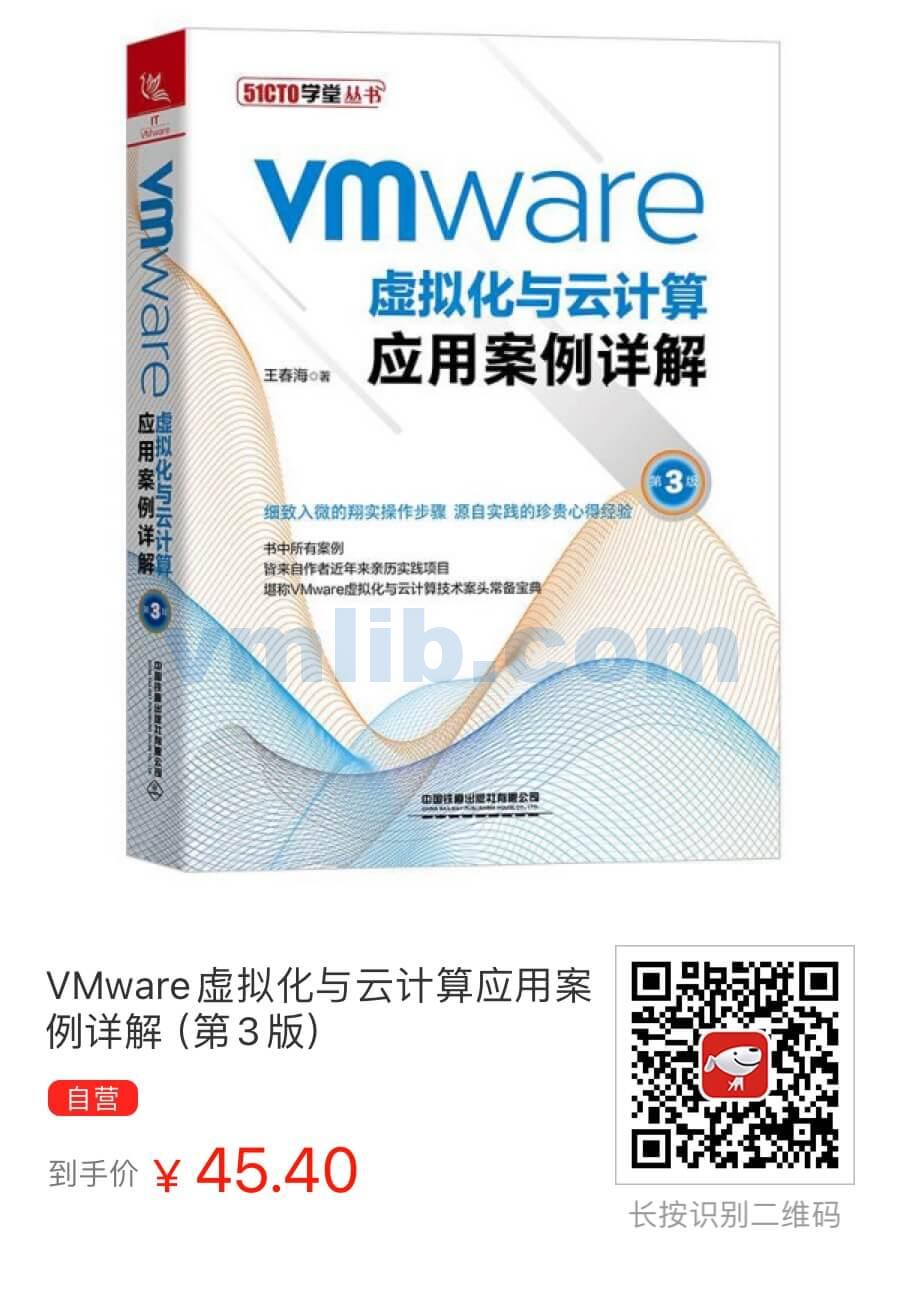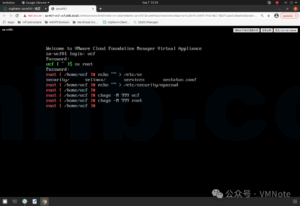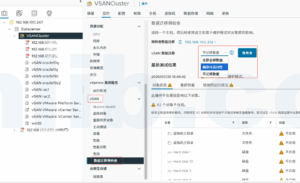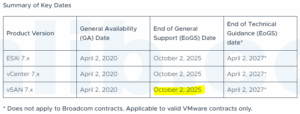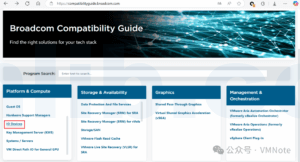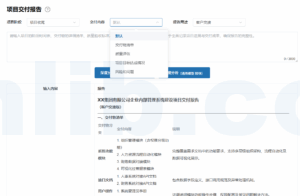To study for VMware HCI Master Specialist Exam | vSAN认证考试题目学习
73. During a vSAN design workshop, the customer has provided the following information:
• There are many development activities that require burst compute and that there is an in-tention to use the existing ESXi hosts.
• The existing ESXi hosts are not vSAN ready nodes, so they will not be participating in vSAN capacity.
Which three recommendations should the architect make? (Choose three.)
- A. Compute-only hosts can have a vSAN VMkernel with same pNIC speed.
- B. It is recommended to add hosts with at least a disk controller for cluster expansion.
- C. Compute-only hosts can consume from vSAN even if not within the same cluster.
- D. Adding identical vSAN nodes for cluster expansion will support an efficient operation.
- E. Compute-only hosts must exist in the same vSAN cluster.
- F. Compute-only hosts must have a vSAN VMkernel with same pNIC speed.
Explaination:
In this scenario, where the customer’s existing ESXi hosts are not vSAN ready and won’t participate in vSAN capacity but are required for burst compute needs, the following recommendations would be most appropriate:
A. Compute-only hosts can have a vSAN VMkernel with same pNIC speed: This recommendation is valid. Compute-only hosts can indeed have a vSAN VMkernel network configured with the same physical NIC (pNIC) speed. This setup allows these hosts to access vSAN storage over the network, facilitating the necessary burst compute operations.
D. Adding identical vSAN nodes for cluster expansion will support an efficient operation: This is a strong recommendation. Adding identical vSAN nodes ensures hardware uniformity, which can simplify management and support efficient operation. It also helps in maintaining consistent performance and balancing the load across the cluster.
E. Compute-only hosts must exist in the same vSAN cluster: This is not a mandatory requirement. While having compute-only hosts in the same vSAN cluster can simplify management and potentially improve performance due to proximity to storage resources, it is technically feasible for compute-only hosts to access vSAN storage even if they are not part of the same cluster. However, the setup might be more complex and less efficient.
So, the most suitable recommendations would be A, D, and potentially E, depending on the specifics of the customer’s environment and requirements. B and C are less ideal in this context: B suggests adding hosts with disk controllers which may not be necessary for compute-only hosts, and C incorrectly implies that compute-only hosts can be in a completely different cluster, which, while technically possible, may not be optimal. F is not a recommendation as it states a requirement that is not strictly necessary for compute-only hosts.
- 在一次vSAN设计研讨会上,客户提供了以下信息:
• 存在许多需要突发计算的开发活动,并且打算使用现有的ESXi主机。 • 现有的ESXi主机不是vSAN就绪节点,因此它们不会参与vSAN容量。
架构师应该提出哪三个建议?(选择三个。)
- A. 仅计算主机可以拥有具有相同pNIC速度的vSAN VMkernel。
- B. 建议添加至少带有磁盘控制器的主机以扩展集群。
- C. 即使不在同一集群中,仅计算主机也可以从vSAN中获取资源。
- D. 添加相同的vSAN节点以扩展集群将支持高效运作。
- E. 仅计算主机必须存在于同一vSAN集群中。
- F. 仅计算主机必须拥有具有相同pNIC速度的vSAN VMkernel。
解释:
在这种情况下,客户现有的ESXi主机不是vSAN就绪且不会参与vSAN容量,但需要用于突发计算需求,以下建议最为合适:
A. 仅计算主机可以拥有具有相同pNIC速度的vSAN VMkernel:这个建议是有效的。仅计算主机确实可以配置具有相同物理网卡(pNIC)速度的vSAN VMkernel网络。这种设置允许这些主机通过网络访问vSAN存储,从而促进必要的突发计算操作。
D. 添加相同的vSAN节点以扩展集群将支持高效运作:这是一个强烈的建议。添加相同的vSAN节点确保了硬件的一致性,这可以简化管理并支持高效运作。它还有助于维护一致的性能和跨集群平衡负载。
E. 仅计算主机必须存在于同一vSAN集群中:这不是一个强制性要求。虽然在同一vSAN集群中拥有仅计算主机可以简化管理并可能提高性能(由于接近存储资源),但技术上仅计算主机即使不是同一集群的一部分也可以访问vSAN存储。然而,这种设置可能更为复杂且效率较低。
因此,最合适的建议将是A、D和根据客户环境和要求的具体情况可能的E。B和C在这种情况下较不理想:B建议添加带有磁盘控制器的主机,这对于仅计算主机可能不是必需的,而C错误地暗示仅计算主机可以在完全不同的集群中,虽然技术上可行,但可能不是最佳选择。F不是建议,因为它陈述了对于仅计算主机并非严格必要的要求。

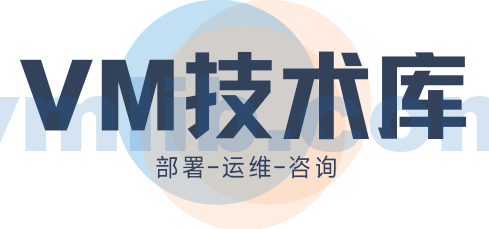



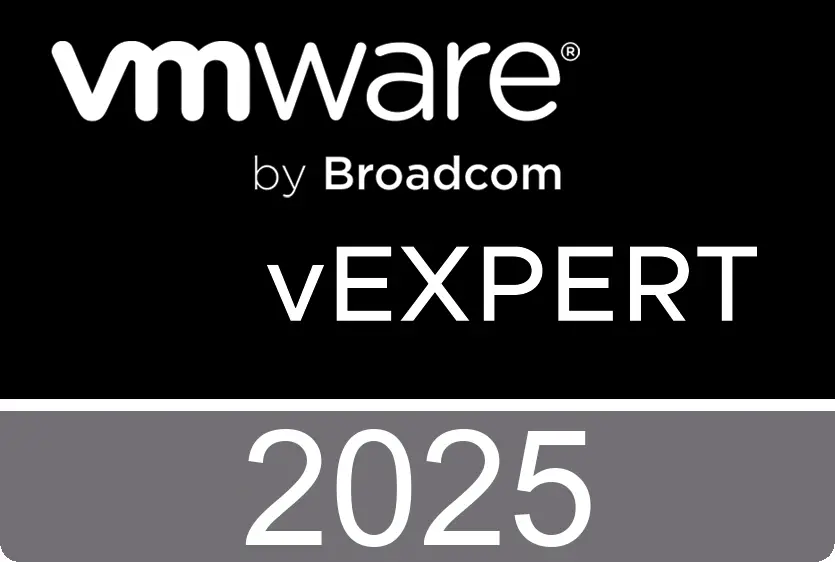
 VM技术助理
VM技术助理
